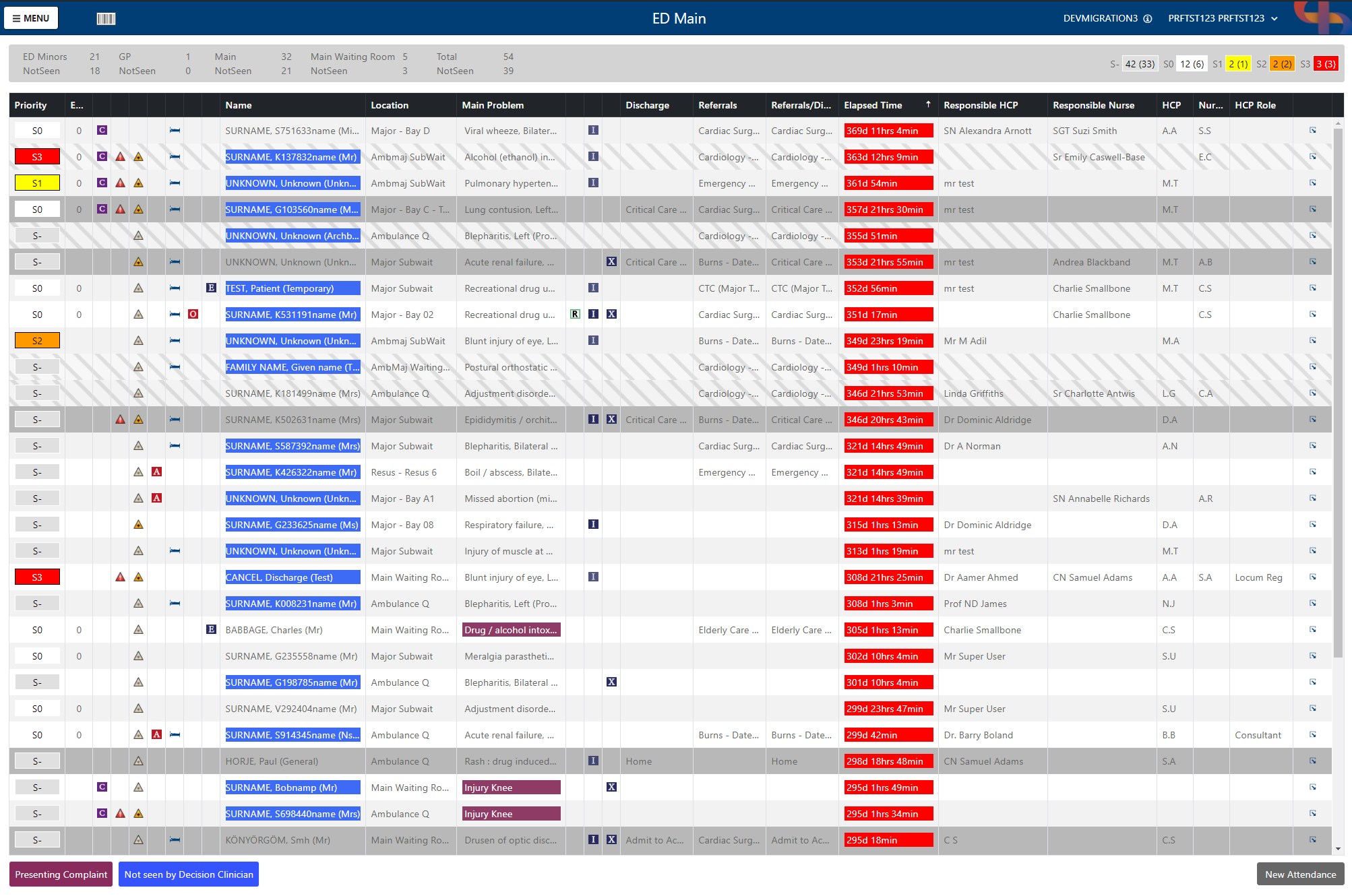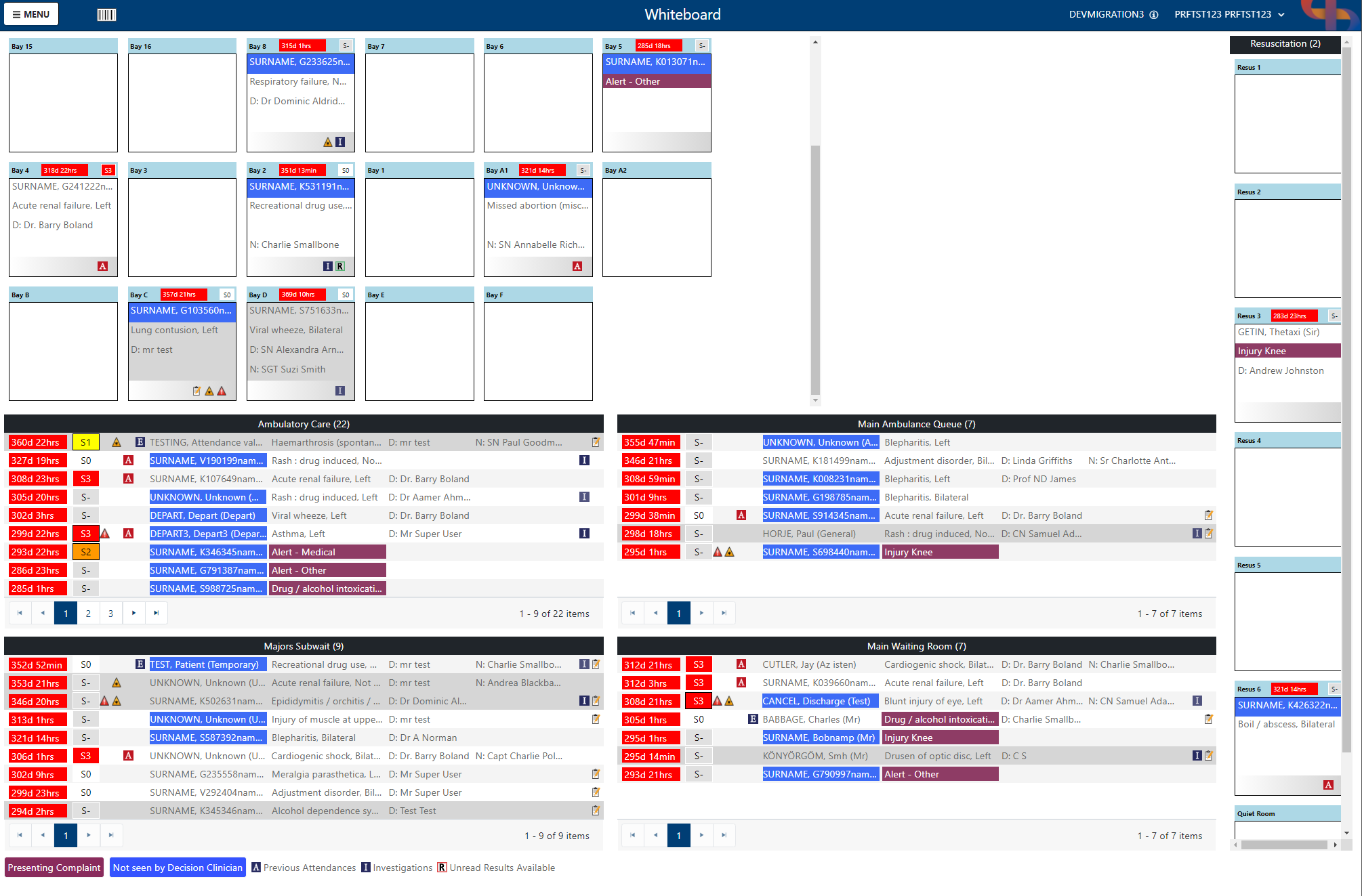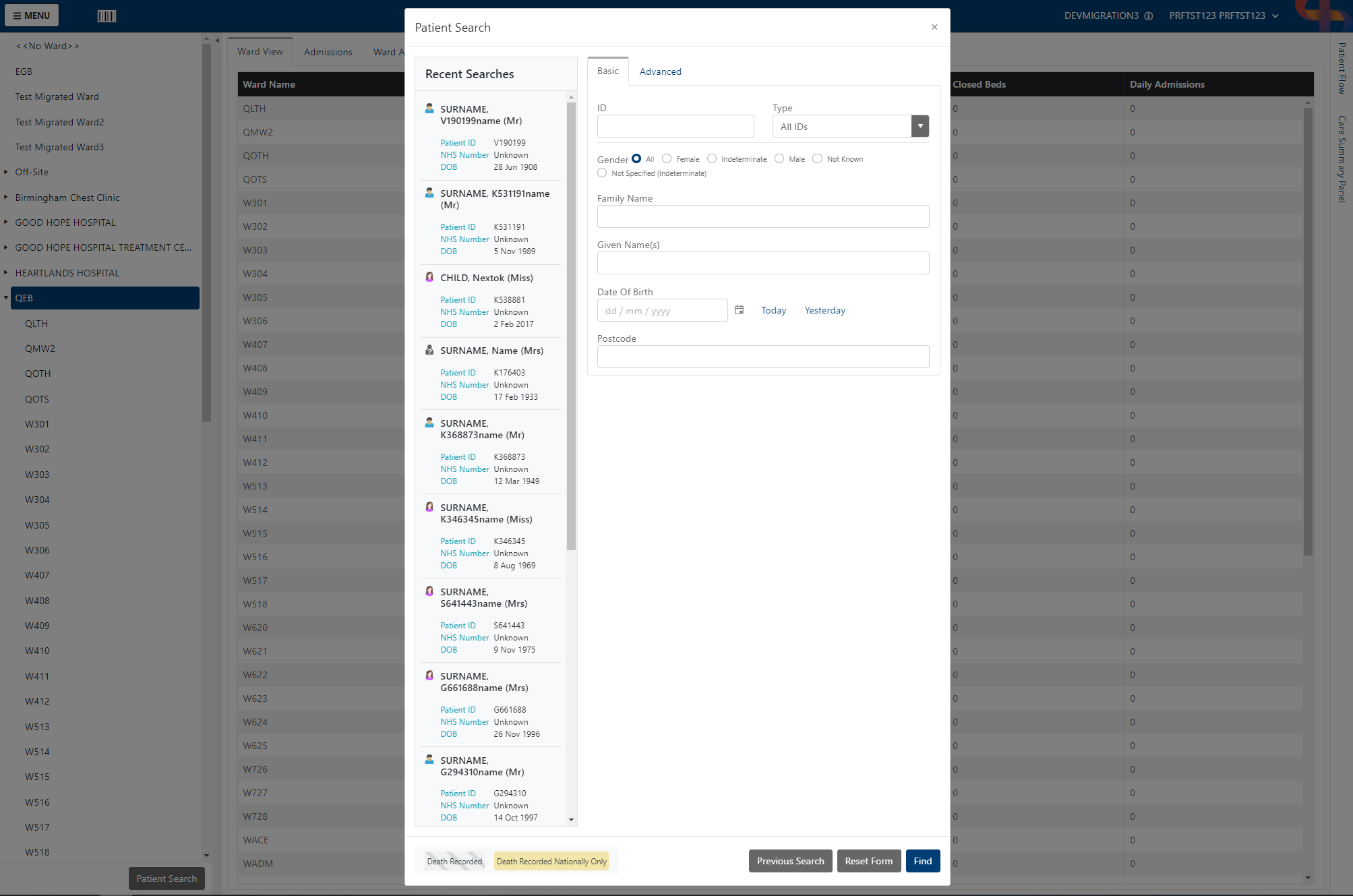What challenges was Servelec facing?
Servelec has multiple large, monolithic systems, which interact with each other. They’re constantly developing these systems for the new challenges of modern healthcare.
The front-end of their healthcare software, Oceano, was developed in Silverlight. Silverlight is near the end of its life cycle, and won’t be supported after 2021. They were looking for a modern, scalable web technology with great support that is a good fit for enterprise web applications.
Through an internal assessment process considering several options, they chose to rebuild it in Angular. They came to the conclusion that they lacked the capacity and the in-house know-how to research and implement such an upgrade.
After deciding to hire an external partner, they went through a number of online resources and referrals that reviewed organizations. They chose Coding Sans because of our proven proficiency and track record with Angular. Coding Sans also adapted to Servelec’s work schedule and kept adjusting our approach to the project accordingly.














